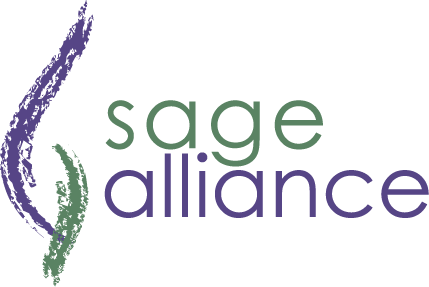
Becoming an effective leader who grooms your team to develop their own leadership skills requires you to adopt a leader coach approach. Here, the focus is on empowering your employees to think for themselves and solve problems on their own, with you as the leader coach, facilitating the conversation.
That is exactly what the SAGE Coaching Approach achieves. You become the sounding board who encourages employees to take on new challenges, explore different perspectives, and solve critical problems. Employees feel empowered and have the authority to make the critical decisions to reach a successful out-come. And you do this through an interactive approach of asking questions, listening, and being observant, which leads to uncovering the root cause of the issues and challenges.
Armed with this knowledge, you can facilitate a brainstorming session where you guide employees to explore alternatives and options and offer different perspectives to their business challenge. This gives them the tools to be decisive, commit to a course of action, and be accountable for those actions.
Learning how to implement this coaching approach is as easy as 1-2-3. Well, maybe 1-2-3-4, since there are four comprehensive steps in the SAGE Coaching Approach:
S: Situation Analysis
A: Alternatives and Options
G: Goal Setting
E: Execution and Accountability

Situation Analysis
Focus on understanding the situation from the employee’s perspective. It’s not about collecting all the data involving a particular situation, but rather identifying the employee’s challenges and the obstacles standing in their way. This sets the foundation for this coaching approach. Without clarifying the issues facing the employee, you cannot be an effective leader coach.

Alternatives and Options
Brainstorm options together to help the employee generate alternatives, along with expected outcomes. There typically is more than one option for solving a problem. Once you have uncovered several options, discuss and weigh the pros and cons for each before inspiring the employee to choose the best one. This step will help you empower your team to think on their own and be decisive, with you as the facilitator, not the problem solver.

Goal Setting
Set goals together and gain clarity on those goals. This motivates employees, ensures everyone is on the same page, and encourages them to achieve their goals in a timely fashion. Ultimately, you are galvanizing the employee to define the key goals and the associated steps to address the challenges that were identified during Situation Analysis.

Execution and Accountability
Establish ownership and accountability to ensure successful execution. Without this, the employee may not be fully committed to take action, which will impede moving initiatives forward. When you encourage and empower an employee to take ownership of a role, and then agree on their accountability for completing the task, they are motivated to take action. Encouragement is an important part of this step. Expectations are clear, measurements are formalized, and timing is identified so the employee will be successful.
SAGE Alliance, a Leadership Performance Company; provides executive coaching, team-building, industry leading assessments, workshops and speaking on topics including: building a high-performing team through coaching, developing and optimizing your top talent, delivering commanding communications, creating a lasting impression, making a greater impact through personal branding for executives and high-potentials – for both team and individual leaders.
Shelley Hammell, is the president, CEO and author of You Think You’re Coaching, But You’re Not! available HERE, and is available for book signings and speaking engagements.
